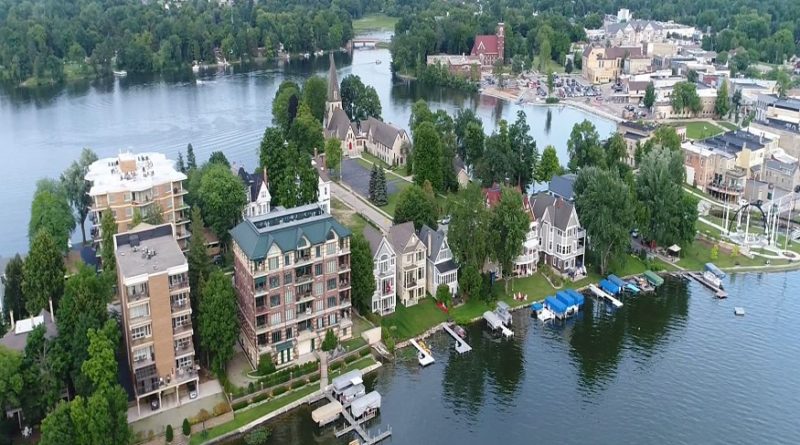
They belong to the Northern Athabascan or Dene peoples ( Dené is the common Athabaskan word for "people").Īnother name the Dakelh/Carrier proper call themselves is Yinka Dene ("the people on the land"), the Babine-Witsuwitʼen-speaking bands prefer the equivalent Yinka Whut'en ("the people on the land"). They speak Witsuwitʼen or Babine/Nedut'en, dialects of the Babine-Witsuwitʼen language which, like its sister Dakelh language, is a member of the Central British Columbia branch of the Northern Athabaskan languages. Bulkley River", lit: "People of the blue and green River" also known as Western Carrier) and Babine (Nadot'en) (Nadot'enne, ᘇᑎᗥᐣ, "Lake Babine People" also known as Northern Carrier) peoples are a branch of the Dakelh/Carrier people, and have been referred to as the Western Carrier. the Wetʼsuwetʼen (Whutsot'en, ᗘᙢᗥᐣ, "People of the Wet'sinkwha/Wa Dzun Kwuh River, i.e. "people who travel by boat early in the morning", a Synaeresis of uda ukelh and ne), and add the suffixes -xwoten, “people of” or -t’en, “people” to village names or locations to refer to specific groups (e.g., Tl’azt’en, Wet’suwet’en).

They call themselves "Dakelh / Dakelh-ne" ( ᑕᗸᒡ, people who “travel upon water”, lit. Sekani people played an important role in the early period of contact between the fur traders and Dakelh people because some Sekani people could speak both Dakelh and Cree and served as interpreters between the fur traders and Dakelh people.

The "Carrier" name was derived from an English translation of Aghele, the name from the neighbouring Sekani (Tsek'ehne) ("people of the rocks or mountains", Lht'at'en / Lht'at'enne, ᒡᗧᗥᐣ) for Dakelh people. The Dakelh (pronounced ) or Carrier are the indigenous people of a large portion of the Central Interior of British Columbia, Canada. Communities living within the Dakelh language area


 0 kommentar(er)
0 kommentar(er)
